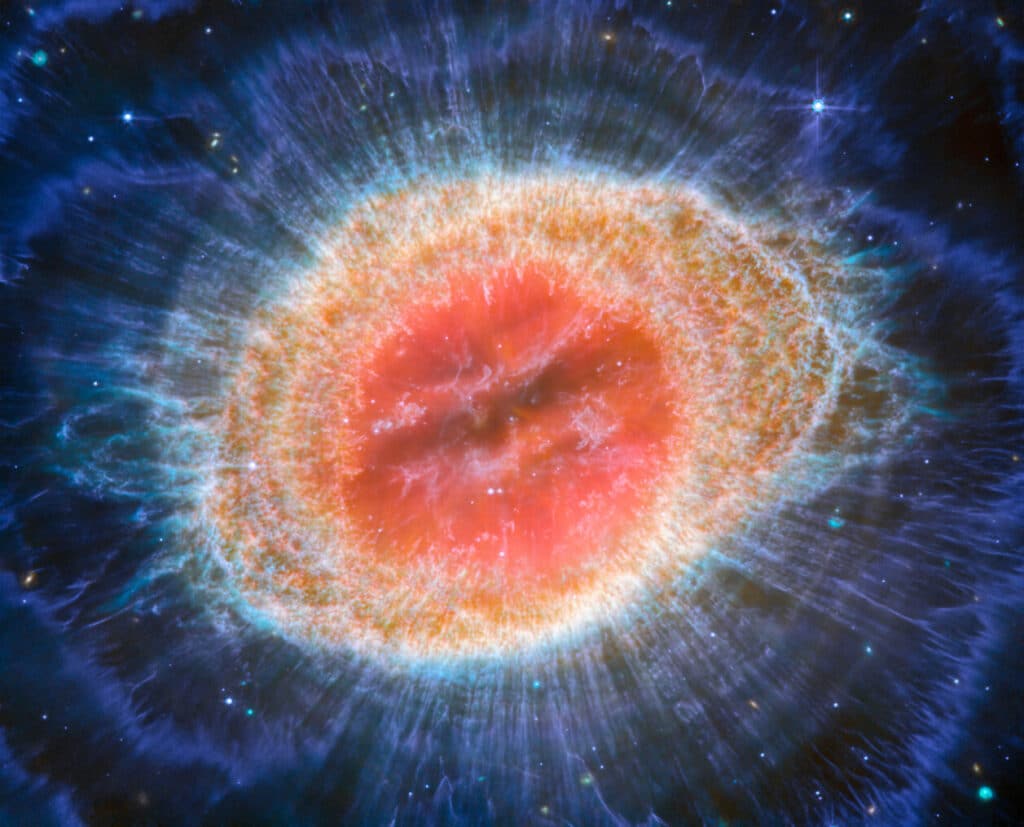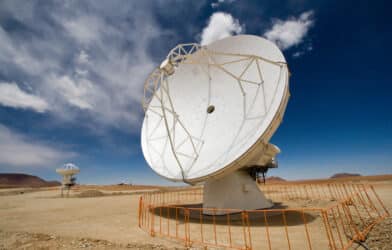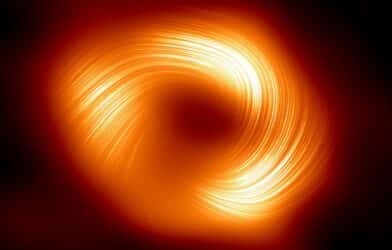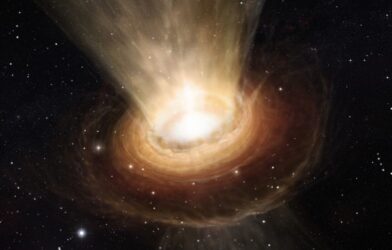New images raise questions about the complexity of such phenomena, hinting at the involvement of a companion star in its formation.
The Ring Nebula, a famous example of a planetary nebula, is giving astronomers a unique view of what a dying star looks like in its final stages. These spectacular images, captured by NASA’s James Webb Space Telescope, are helping scientists to better understand the cosmic spectacle.
Located approximately 2,200 light-years away, the nebula is so bright that it can be viewed through binoculars on a clear summer night from both the northern and southern hemispheres.
But what exactly is a planetary nebula? Despite its name, it has nothing to do with planets. As Roger Wesson from Cardiff University explains: “Planetary nebulae were once thought to be simple, round objects with a single dying star at the center. They were named for their fuzzy, planet-like appearance through small telescopes.”
In simple terms, a planetary nebula is a shell of gas and dust that has been ejected by a dying star. This material gets “lit up” by the remaining hot core of the star, creating a glowing spectacle in space.
What’s groundbreaking about the new images? “When we first saw the images, we were stunned by the amount of detail in them,” says Wesson. The images have shown that the Ring Nebula is far from a simple, spherical structure. In fact, the nebula’s “ring” comprises around 20,000 clumps of dense molecular hydrogen gas, each roughly as massive as Earth.
In a surprising twist, the images also revealed a narrow band of complex carbon-bearing molecules known as polycyclic aromatic hydrocarbons (PAHs), which scientists didn’t expect to find there. Additionally, the telescope picked up on curious “spikes” emanating from the center of the nebula, which may have formed in the shadows of the denser regions, shielded from the star’s intense radiation.
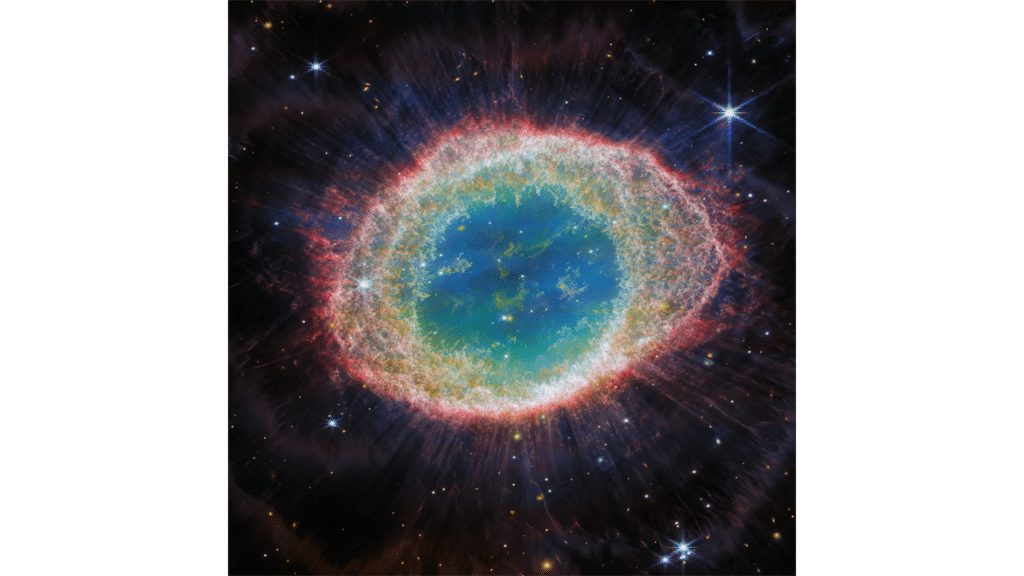
One of the most striking revelations is the presence of concentric rings outside the main, bright ring. These structures appear to form roughly every 280 years, challenging the current understanding of how a single star evolves into a planetary nebula. Wesson notes, “When a single star evolves into a planetary nebula, there is no process that we know of that has that kind of time period. Instead, these rings suggest that there must be a companion star in the system.”
This discovery, made possible by the unparalleled sensitivity and resolution of the James Webb Space Telescope, implies that a hidden companion star may have influenced the dying star’s emissions, giving the Ring Nebula its complex appearance.
The JWST, a collaborative project led by NASA with partners ESA (European Space Agency) and the Canadian Space Agency, is the most powerful and complex space science telescope ever built. With its capabilities, the telescope promises to solve many more mysteries about our universe, but for now, it has given us valuable insights into the intricacies of dying stars and the nebulae they create.
So, as Wesson concludes, “So how did a spherical star form such a structured and complicated nebulae as the Ring Nebula? A little help from a binary companion may well be part of the answer.”
